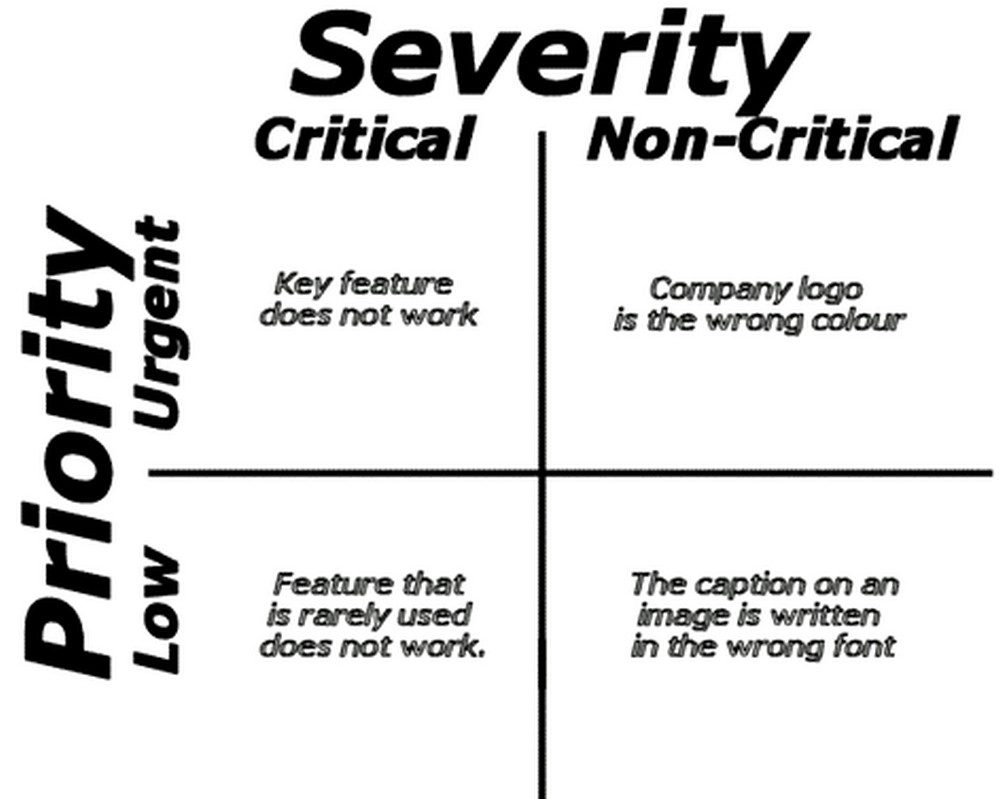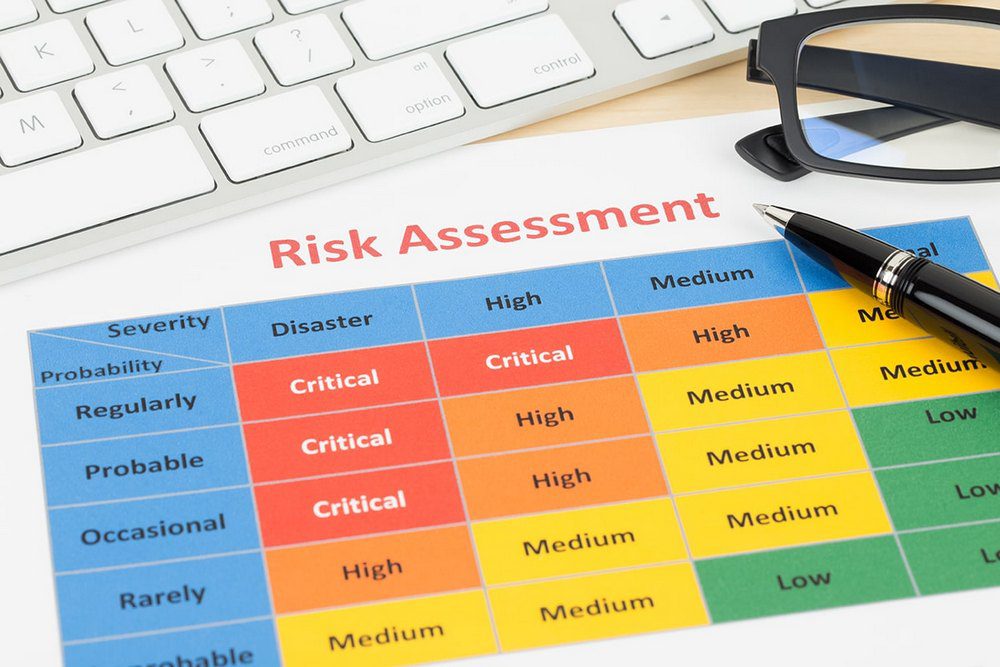Blog
Articles to grow your career
Article
Examples for high severity, priority, and low severity, priority defects in your current project?
Priority and Severity are the two most critical attributes that can be allocated to a bug during the software testing life cycle. Attributes such as defect description, defect details, application version, steps to reproduce, test data, created by, and created date may also be assigned when a bug is logged. Still, Severity and Priority are the most frequently used.
These attributes help teams fix bugs efficiently and navigate the release scheduling process to prevent critical issues from being overlooked. In this article, Spin Career, helps you understand the difference between severity and priority to increase your knowledge.
What is Severity?
The severity of a bug/defect on the application is referred to as its impact, including how it affects the system’s functionality and blocker defects. Testers are responsible for setting the severity parameter when reporting a bug/defect and maintaining control over it.
Type of Severity
The four types of severity include:
Critical: A defect that entirely prevents testing a product/feature is critical. For example, should an application crash or become unusable and unable to continue, it would fall under the critical severity classification. As an illustration, in a provider of email services like Yahoo or Gmail, if the system crashes or generates an error message upon attempting to log in with the correct username and password, this defect is critical because it renders the entire application unproductive.
Major: Any feature of significant importance that fails to meet the client’s needs or intended use and deviates from the expected behavior can be categorized as a Major Severity issue. For instance, Gmail classifies a defect as Major Severity when it prohibits adding multiple recipients in the CC section, as this flaw impacts the application’s primary function.
Minor: A defect of medium severity occurs when a product or application fails to meet certain criteria or displays unusual behavior, but it does not affect the overall functionality and can be categorized as Minor Severity. For instance, if one of the links in the “Terms and Conditions” section of Gmail is not functioning correctly, it is considered a minor issue that only affects a small part of the website/application’s functionality and does not significantly impact its usability.
Low: Defects such as alignment issues, spelling mistakes, or font casing can be categorized as Low Severity. In Gmail, for instance, errors on the “License page,” like misalignment or misspellings, would fall under this category.
What is the Priority?
The order in which we address a defect is determined by its priority. The tester informs the developer of the priority status and timeframe for resolving the issue. If the priority is high, the developer must fix it promptly. The priority status is established according to the customer’s needs.
Type of Priority
There are three types of priority, and they include:
High: The impact on the customer application is significant, requiring prompt resolution due to its adverse effect on the system’s usability.
Medium: The current version in development must have the defect resolved before release as part of standard development procedures.
Low: If there is adequate time, the flow should be remedied; otherwise, it may be postponed until the subsequent release. While the flaw is a problem, it can be addressed after resolving a more significant defect.
The Severity and Priority Examples
Four combinations of priority and severity determine which defects require immediate attention and which can be addressed later. Real-time examples illustrate this concept more clearly.
High Priority and High Severity
- Bugs that halt testing are categorized as show stoppers. If the severity is high, it’s up to the project manager or business team to set the priority as high. If the blocker bugs persist, the QA team cannot proceed with further testing.
- For instance, a server error occurs when a user tries to access the testing URL. During login, a “run time error” message appears, which impedes further testing by the QA team.
Do you want to join us?
Leave an application and get a free consultation from our manager.
- Help in choosing a direction
- Course consultation
- Additional materials for the start
High Priority and Low Severity
- A spelling mistake in the website’s name on the main page is considered a High Priority issue. Although it does not affect functionality and can be marked as Low Severity, it negatively impacts the website’s reputation. Therefore, fixing it is of the highest priority.
- For example, if there is a spelling error in the name of Google on the homepage, it falls under the category of High Priority and Low Severity.
Low Priority and High Severity
- The application needs to generate the last year’s calendar events report correctly despite the user already being entered in the current year. This is because high-severity bugs occur when generating the report. However, the project manager and business team consider this a low-priority issue as most users only access current-year reports.
- Informative pages such as the disclaimer and privacy policy are crashing, which may impact other major system functionality. The bug’s severity is high, but as many users do not frequently access these pages, it is marked as a low priority by the project manager and business team.
Low Priority & Low Severity
- The error message displayed is incomplete, stating “You have registered success” instead of the correct phrase “successfully” to confirm the registration.
- The informative screen lacks a dot at the end of a sentence.
Understanding the difference between bug priority and severity is just as vital as comprehending other testing elements. Whether you are performing Manual QA or Automation QA, identifying the type of bug is necessary to log them properly. To learn more about software testing, you can contact Spin Career.
Special for students located in India
We also run free live 🔴 workshops quite often where you can learn more things about QA and how to get a job, hundreds of students from all around the world already managed to find IT jobs in India, the USA, Canada, and Europe. Click ⇒ here to register for the next session, it’s free and usually takes around 2hr. Follow our Instagram and DM us to get the special present, a PDF book 📚 with steps of “Fastest and most efficient ways of getting a QA job for students located in India“.






